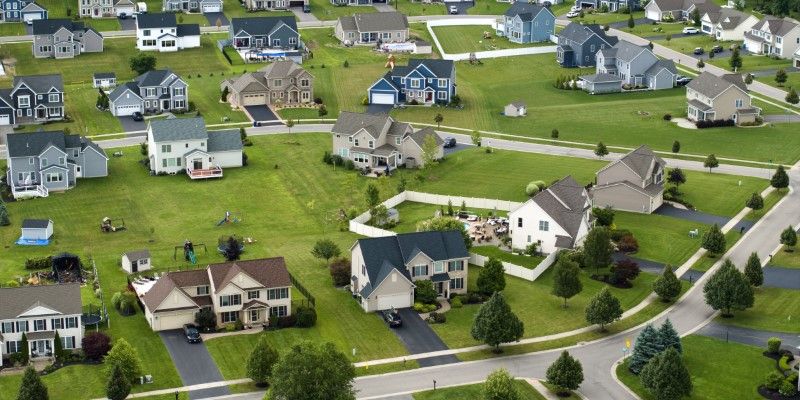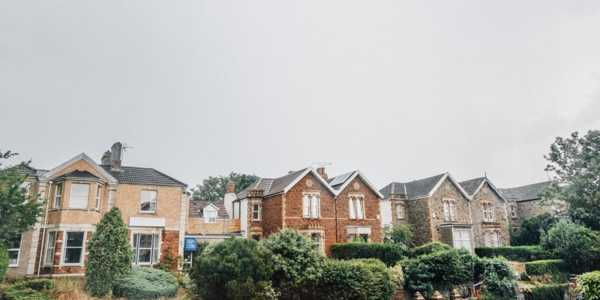Inclusive Neighborhood Planning In Real Estate Development
Inclusive neighborhood planning has become crucial in modern real estate development as urbanization accelerates and communities diversify. In this approach, planners and developers seek to create neighborhoods that cater to a broad spectrum of people regardless of their income levels, abilities, backgrounds, or social identities. The central idea is to foster environments where everyone, from long-term residents to newcomers, feels they belong and can thrive. This article explores what inclusive neighborhood planning means, why it is vital, and how real estate development can effectively integrate these principles.
Understanding Inclusive Neighborhood Planning
Inclusive neighborhood planning refers to the deliberate design and development of spaces that meet the diverse needs of all community members. This planning approach ensures that everyone, regardless of age, ability, income, ethnicity, or background, has access to housing, services, and social spaces. The aim is to reduce barriers, improve accessibility, and promote diversity, creating equitable communities where everyone has a chance to succeed.
This approach requires rethinking how we design residential spaces, parks, transportation systems, and public services to ensure that they are not only physically accessible but also socially inclusive. It is an evolving process that considers not only the physical design of a neighborhood but also the social, economic, and environmental factors that impact the well-being of residents.

The Need For Inclusivity In Real Estate
As urban populations grow, cities worldwide face increasingly complex housing affordability, social inequality, and environmental sustainability challenges. Traditional real estate development often exacerbates these issues, particularly in low-income areas. Neighborhoods can become exclusive, designed for affluent populations while displacing long-standing residents through gentrification.
Inclusive planning addresses these disparities by promoting diverse and sustainable communities where all residents can live comfortably regardless of income or background. It goes beyond the physical construction of buildings and focuses on the overall social fabric of the neighborhood. This is not just a moral imperative but also an economic one, as cities and developers who fail to incorporate inclusivity into their plans risk fostering social tension and destabilization.

The Role Of Housing Affordability
Housing affordability is a cornerstone of inclusive neighborhood planning. In many cities, real estate development tends to cater to higher-income earners, with luxury developments pushing up property prices and rents. This leads to the displacement of lower-income families and individuals, often called "gentrification."
In response, inclusive planning emphasizes a variety of housing options, from affordable rental units to pathways for homeownership. This might include mixed-income housing developments where people from different economic backgrounds live side by side. Affordable housing initiatives may also include providing government-subsidized housing or encouraging developers to incorporate affordable units into their projects.
Ensuring affordable housing is essential to creating a diverse and sustainable community. Without it, lower-income residents are often pushed to the outskirts of cities, cut off from essential services and job opportunities. This exclusion can harm individuals and the broader community by fostering economic segregation and limiting social mobility.

Accessibility And Universal Design
Inclusive neighborhoods also prioritize accessibility for people with disabilities or mobility issues. This includes incorporating features like ramps, elevators, and accessible public transportation into neighborhood designs. Universal design—an architectural approach that ensures buildings and spaces are usable by all people, regardless of their abilities—is critical to this process.
Developers must consider the needs of people with varying physical and cognitive abilities, creating efficiently navigable spaces for everyone. For example, public spaces should have clear signage, adequate lighting, and smooth, even pathways. In residential developments, apartments and homes should offer wider doorways, barrier-free bathrooms, and easily accessible entryways.
Inclusive planning prioritizes accessibility, ensuring all residents, including those with disabilities, have equal access to housing, transportation, and social spaces. This can lead to more cohesive communities where all members can participate fully in daily life.

Creating Spaces For Social Interaction
An essential component of inclusive planning is the creation of shared social spaces that foster community interaction and integration. Parks, community centres, and public plazas are critical, offering residents spaces to connect and build a sense of belonging. These spaces are vital for recreation, cultural exchange, and civic engagement.
Inclusive neighborhoods often feature well-designed public spaces that encourage people of all backgrounds to unite. These spaces should be welcoming, safe, and adaptable to different uses, such as sports, cultural festivals, or casual gatherings. They must also be accessible, with seating areas, proper lighting, and accessible navigation routes for people with disabilities.
The presence of diverse and active public spaces can help bridge social divides, creating opportunities for people from different walks of life to meet and interact. This leads to stronger community bonds and helps reduce social isolation, which is especially important in urban settings.

Public Participation In The Planning Process
Inclusive neighborhood planning also requires the active participation of the communities being developed. Top-down planning approaches often fail to capture the needs and desires of the people who will live in the spaces being created. For this reason, developers and planners must engage residents in the planning process from the outset.
Public participation can take many forms, from neighborhood meetings and community workshops to online forums and surveys. The goal is to give residents a voice in their neighborhood's development decisions. By involving the community, developers can gain valuable insights into local needs, preferences, and potential challenges, leading to better outcomes.
When residents have a say in the planning process, they are more likely to feel a sense of ownership and commitment to the neighborhood, which can foster a stronger, more engaged community.
Conclusion
Inclusive neighborhood planning is essential to creating resilient, diverse, and sustainable communities. By prioritizing affordability, accessibility, social cohesion, and public participation, real estate developers can build neighborhoods that cater to everyone. While implementing inclusive planning can be challenging, the long-term benefits outweigh the obstacles. Inclusive neighbourhoods can become thriving, vibrant places where people of all backgrounds can live and prosper by fostering a sense of belonging and ensuring that all residents have access to essential services and opportunities.





